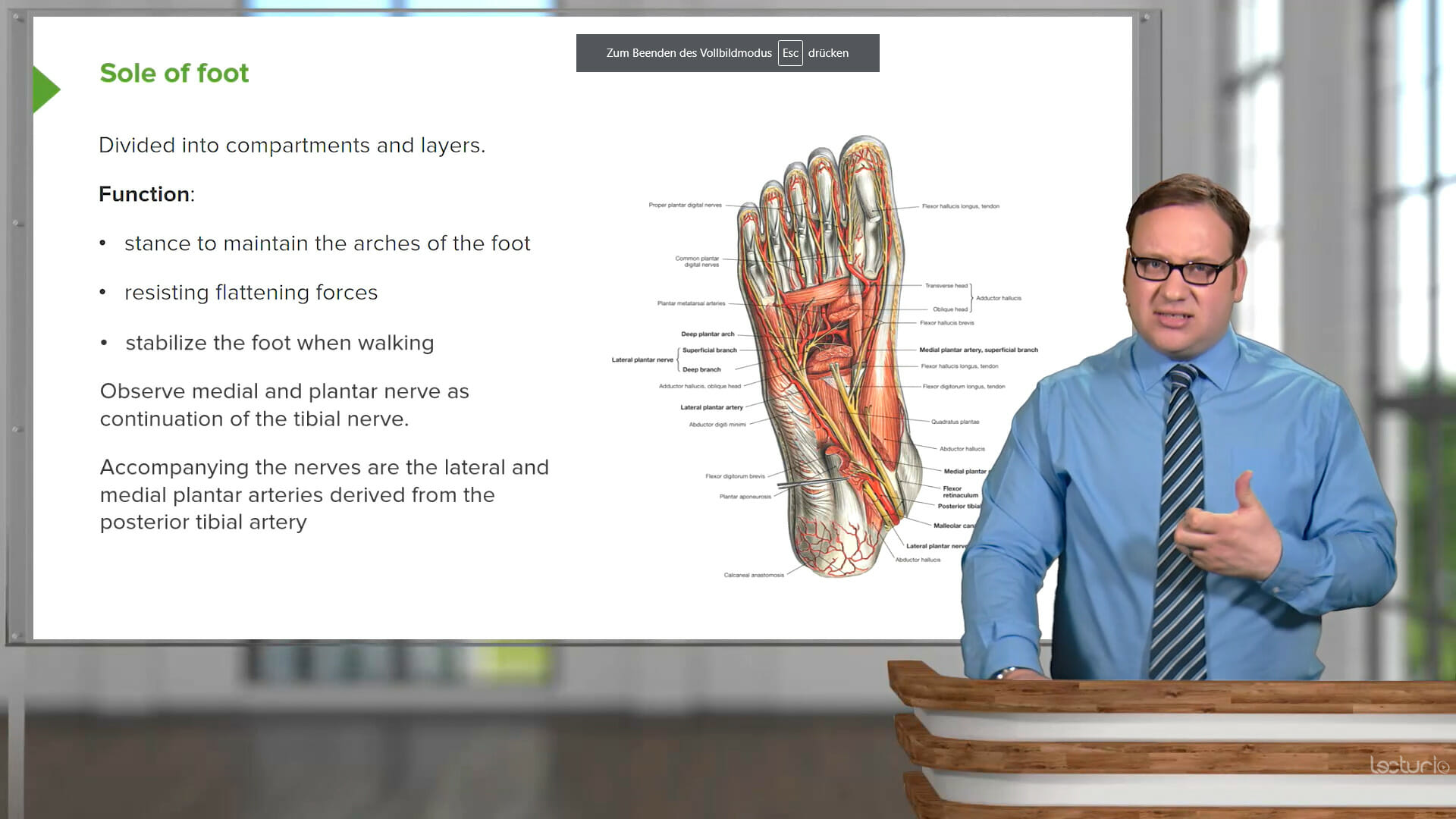Sure, you probably have at least one instructor who will lecture you about how “the hospital is not the place for fashion.” Rest assured: you are not the only one wondering how to look cute in scrubs. In fact, hospital wear manufacturers now invest a lot in providing fashionable options, alternative prints, and performance fabrics.
Here, we will review some of the subtle design choices available, their impact on comfort, and how to find a set that looks good on you.
The Basics
Before we delve into the fashion subtleties, we need to look at the purpose of hospital wear and why it is the way it is.
What are scrubs – and why are scrubs called scrubs?
First and foremost, scrubs are a type of sanitary clothing. Their basic design was intended to prevent you from bringing any germs into the hospital or back home.
Up until the 1970s, scrubs were used almost exclusively in the operating room. They were plain, baggy, and pocket-free. Colors were limited to “surgical green” or “hospital blue” to make blood stains more visible.
That is why scrubs are called scrubs: they were worn when someone had “scrubbed in” for surgery.
Most of these rules are still valid for the OR. However, on regular hospital floors, the rules have been relaxed somewhat. Yet, expect a complete “scrub set” to stick to the following features:
- A V-Neck top: The goal here is to put them on without them touching your hair and without any buttons or zippers.
- A pair of plain pants: Scrub pants still steer clear from front-facing zippers, and most models try to keep a flat, smooth surface, with tie-string or elastic waistbands.
- Under-scrubs: Scrub tops are usually made from itchy or rough fabric, and under-scrubs protect your skin. If you have never seen the softer tank top under a nurse’s scrubs, that’s because hospital regulations often require under-scrubs to be covered entirely by the scrubs.
- Compression stockings: Though not an official part of the uniform, compression stockings will save you a tremendous amount of pain. They also play the same role as your under-scrubs (but on the bottom half).
Mind your regulations: Different color scrubs? Long sleeved under scrubs?
Relaxed regulations are not the same as non-existent regulations. For nursing students, the rules tend to be stricter: you will need to comply with both your school’s dress code and the hospital rules.
These will vary a lot from institution to institution. From the hospital’s side, you can expect:
- Specific materials or sole types for your shoes
- Guidelines on dangling objects, jewelry, or wristwatches
- Restrictions on long sleeved under-scrubs (these may be banned altogether or in specific units)
Your school will most likely require a specific color for your shoes and scrubs. That being said, you won’t need to worry about what the different color scrubs mean: in the US, only some hospitals like to assign specific colors to certain roles. Just focus on recognizing your classmates!
Some nursing schools (especially those linked to faith-based colleges) can also add extra “modesty” requirements by regulating the length of the top or the amount of makeup you can wear.
Finally, keep in mind that all these rules tend to be enforced more strictly on students than on staff members – even if they are set by the hospital.
Watch out for comfort
As something you will often wear for long hours, your scrubs should feel comfortable and make your day easier. This can be summed up in three cardinal rules:
Redefine your idea of a “tight fit.”
Nursing work will require lots of bending and lifting. The narrow waist that would look good at a desk might just make you sweat at a hospital. You don’t need to wear a loose, shapeless bag – but do leave half an inch of room around your waist, hips, and shoulders.
More pockets are always better
The best nursing scrubs allow you to carry tons of stuff around. If you are ever torn between two models, use pockets as a tie-breaker.
Invest a bit in quantity, too
Quality tends to trump quantity almost whenever it comes to clothes. However, when it comes to hospital wear, you should still have at least one complete set of scrubs for each day of the week that you’ll be at the hospital.
You may be able to stretch this rule if you invest in wrinkle-free, quick-drying performance fabrics. You don’t want to get home after a long shift and have to iron the next day’s clothes.
The Style Options
Is there any room for looking cute with all the “mandatory” boxes that you need to check? The answer is yes, because many details can be tweaked while still abiding by the rules and primary infection control guidelines.
Scrub tops
Nowadays, non-surgical scrub tops offer many options, which look flattering for a wider array of body types.
The three main styles available include:
- The classic V-Neck.
- The “mock wrap,” which includes a diagonal line across the chest, making it look like it’s wrapped around you.
- A tie-string detail at the back, which is often found in mock-wrap models.
- Side slits or openings on the sides of your waist.
The classic V-neck is usually “flattering for all body types.” However, the original design dates back to when doctors were overwhelmingly male. As a result, they can be complicated for women with large breasts or hourglass figures: if they are wide enough to fit a large bust, they may also accidentally reveal too much when you bend.
If this sounds like you, consider a mock-wrap model with a string at the back, which will help “shape it” around you.
On the other hand, if you have a “pear-shaped” body, try side slits instead. These will allow you to have a smaller, well-fitted size at the top that doesn’t interfere with your movement. Just make sure to pair them with high-rise pants so you don’t accidentally expose your navel when you stretch.
If you’re allowed to, try experimenting with prints. Smaller, repetitive patterns can slim you down. If you are short and slim, but want to look more imposing, try large, geometrical patterns or dark colors.
You can also use pockets to help balance your figure. A large “pen pocket” can help you look curvier without being tight.
Scrub pants
Most scrub pants stick to plain colors and “classical” pocket placement, unlike scrub tops. Yet, you can find them in three different models:
- Joggers, which are the closest you will get to “skinny jeans”
- Cargo pants
- Straight or boot cut pants
The main advantage of cargo pants is naturally the extra pockets – they will allow you to stuff in a couple of gauze packets or your phone discreetly. They also tend to look better on tall people or those who want to detract attention from their upper body.
On the other hand, most joggers tend to have smaller pockets, and they will look “stuffed” if you put anything larger than spare change in them. Yet, they tend to be the most comfortable for fast-paced settings.
Material Advantages: What About the Fabric?
Your scrubs’ fabric may not directly impact the fashion style – although it will determine how long the colors last, how comfy they feel, and even how easy it is to wash them.
There are three main fabrics you can choose from.
Classical cotton
Cotton scrubs tend to be relatively cheap and fresh, and they are also very soft, don’t accumulate static, and tend to last a long time. Cotton is an excellent choice if you live in a warm region – but in the winter, you may need thicker under scrubs or risk feeling chilly.
On the other hand, the material itself is not very stretchy, and it may appear “limp” if you choose a mock-wrap model. You will also need to iron it every time you wear it.
Polyester
Polyester tends to be easy to wash, quick to dry, and requires no ironing. Polyester scrubs don’t shrink, and bacteria don’t love them as much as cotton, so they are generally easy to maintain – if you don’t sweat.
Some types of polyester are supposed to be breathable, but as a general rule, they can get uncomfortable pretty quickly during the summer. Polyester also tends to accumulate odors.
Cotton and spandex blends
This blend is the go-to composition for most expensive athleisure brands, so the best nursing scrubs manufacturers have also adopted it.
Although significantly more expensive, good quality cotton with up to 4% spandex can compensate for many of the downsides of pure cotton: this fabric can stretch without losing its shape, is moisture-wicking, and requires no ironing.
Unfortunately, they tend to attract a lot of static and heat. If you live in a warm or humid region, you may want to keep the Spandex content under 3%.
Final Thoughts
The first time I wore scrubs, I felt like I was putting on a costume. It took me a while to find the little details that maximized my comfort and made me feel like me, rather than another faceless hospital worker.
The function of scrubs is primarily to protect you, your patients, and your family from passing germs between your home and the hospital. Yet, there are many ways you can stay true to that purpose while still showing your best angle. Discovering your favorite scrubs style is just one step toward figuring out what type of nurse you will be – but it can be done while surfing Amazon!
Header image: Woman photo created by benzoix – www.freepik.com





